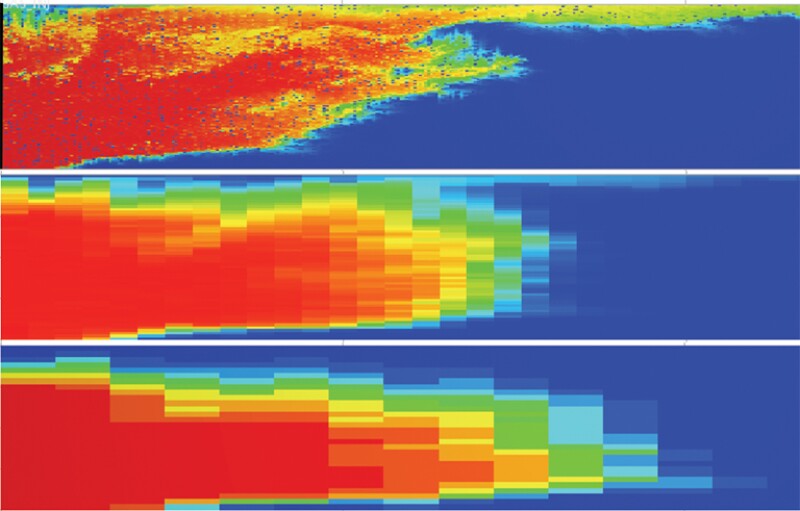A combination of carbon dioxide (CO2) enhanced oil recovery (EOR) and storage schemes could offer an opportunity to produce additional oil from depleted reservoirs and permanently store CO2 in the subsurface in an economically efficient manner. The complete paper evaluates the effect of different injection methods on oil recovery and CO2 storage potential in a depleted sandstone reservoir in the Norwegian Continental Shelf (NCS). The methods include continuous gas injection (CGI), continuous water injection (CWI), water alternating gas (WAG), tapered WAG (TWAG), simultaneous water above gas coinjection (SWGCO), simultaneous water and gas injection (SWGI), and cyclic SWGI.
CO2 EOR and Storage in the NCS
In recent years, the number of newly explored fields in the NCS has decreased. Approximately 47% of total resources in the NCS have been produced, and approximately 20% of resources are estimated as recoverable reserves. To fill in the gap between energy demand and recoverable reserves, EOR methods could be employed.


